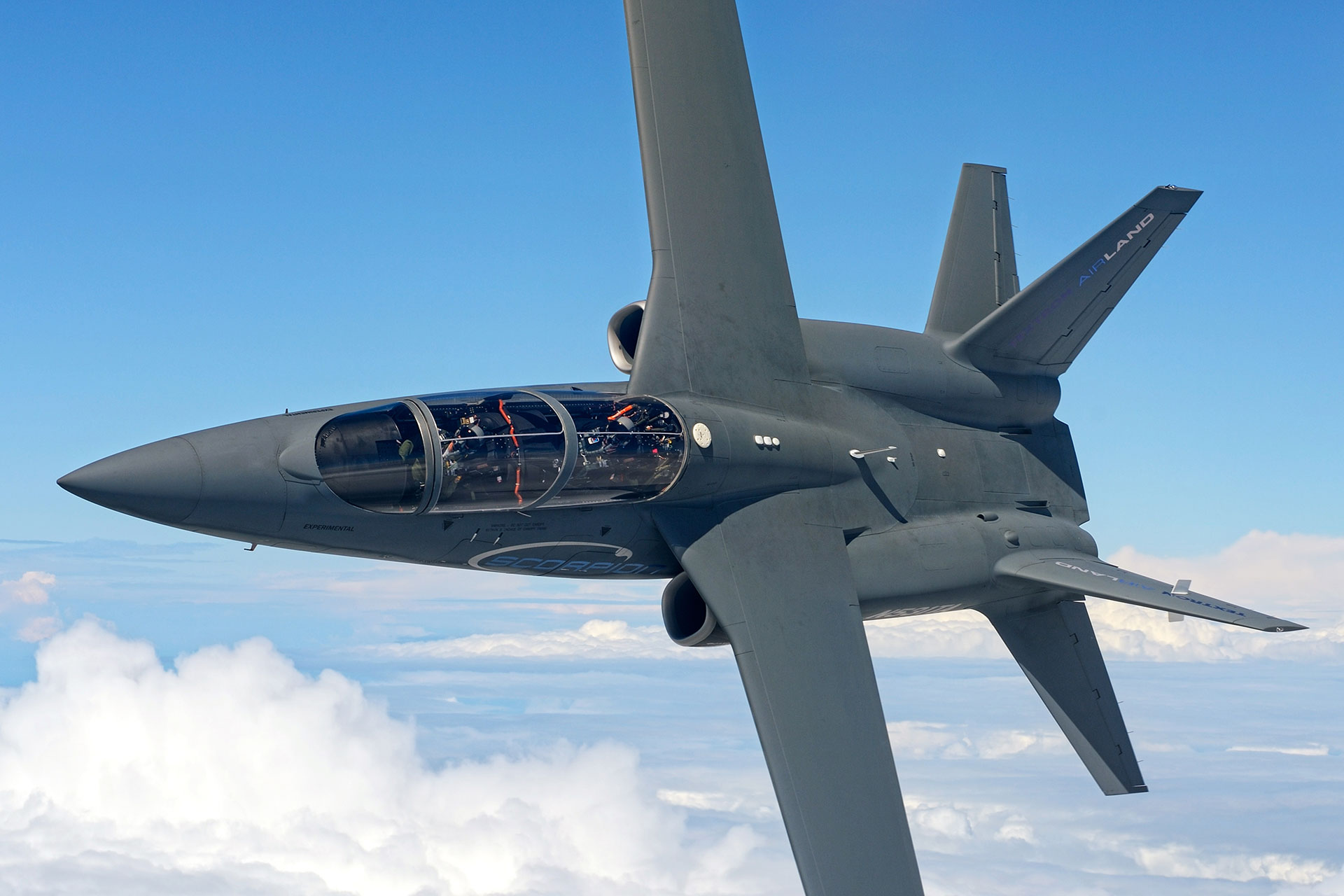Back to Media/News Listing
Drones, missiles, and fighter jets at Paris Airshow

Source: Reuters
One of the most important, and eagerly awaited, elements of the biennial Paris Airshow is its military sector. This year’s show hasn’t disappointed, with Airbus’s A400M making a surprise acrobatic performance and Dassault’s Rafale fighter jet also wooing the crowds.
American industrial conglomerate Textron is showing off Fury, its small, lightweight glide weapon designed to be carried on platforms ranging from small unmanned aerial systems to light attack aircraft. Textron says Fury utilizes semi-active laser (SAL) and Global Positioning System (GPS) guidance and has proved accurate within one meter of a designated target.
Fury’s small size means that six of the missiles can be fitted onto an aircraft, allowing it to engage multiple targets. According to Textron Vice President for business development for weapon and sensor systems, Vince Logsdon, “the Fury is a 12.7 pound, 27 inch, highly compact glide precision munition. It was developed primarily to be utilized on manned and unmanned aircraft because of its size and its weight. It’s very effective in doing so.”
He added: “One of the very nice things about a weapon that weighs as much as this does and as small as the weapon is that you can engage multiple targets and multiple different kinds of targets with one load out. It makes it very affordable and it makes it very useful for the war fighter. Not only that but collateral damage is minimized with such a small weapon and a warhead being the size that you would utilize for a smaller type of target. Very accurate, very precise, and very lethal.”
Fury can be integrated onto tactical unmanned aircraft system (TUAS) platforms, including the Textron Systems Unmanned Systems Shadow 200 and Shadow M2. During two demonstration live-fire drops from a Shadow 200 at the Yuma Proving Ground in Arizona last August, Fury engaged and detonated a variety of targets.
Also on display is Textron’s prototype Scorpion fighter jet. At 44 feet three inches long, with a 47 foot 10 inch wingspan, it is smaller than most fighter jets but analysts believe it could generate interest from the United States (US) government among others.
Dan Hinson is the Scorpion chief pilot and has been at the controls for many of the 400 or so hours it has spent in the air. Hinson says it’s an adaptable jet. “It was built around 79 cubic feet of empty space in the belly of the airplane. That gives you the capability to put anything that the customers want to put in there,” he said. “The skin of the airplane on the belly is non-stressed, so it’s open and available to cut holes into for antennas and for sensors to look out. So right now we have two fully retractable sensors in the belly of the airplane. We have brushless starter generators on the airplane to provide a lot of power, so it’s built to go out and go a long way, stay out on station for a long time and come back.”
Go To Full Story…